A very finely constructed and historically authentic ¾-inch scale (5in. gauge) fully working model of the Great Western Railway Broad gauge 2-2-2 locomotive Great Western , the original having been designed by Daniel Gooch in 1846 The Model This exceptionally fine model was built by G. Austin during the late 1990's and incorporates the majority of features of the prototype. It is extremely well finished and painted. The model has a fire tube boiler, lagged with wooden strips in correct-to-prototype style and is fitted with grate, ashpan and 'haystack' style firebox with copper 'dome' cover, the latter being especially well done (see below). The two inside cylinders, fitted with crosshead-driven pumps and fully authentic Gooch type valve gear are also extremely well represented. All leaf springs are fully working, there is a mechanical lubricator driven off the trailing axle, and there is one spring-loaded and one dummy Salter style safety valve with balance lever. The tender is equally well made with excellent and correctly observed historical details, e.g. the accurately fashioned hand brakes are fitted only to the near side as per prototype. There is a drain fitted to the water tank, the tender has working leaf springs and its toolbox has an opening lid. The brakesman's 'coffin' at the rear of the tender is also very well modelled, with leather seat covers. The model was fully researched by the builder, both before and during its making, from prototype information gained from the Science Museum and elsewhere. Many of its constructional details are therefore on record and worthy of further note, it being rare to have this sort of accurate information for such an important model. The boiler is 3¼in. diameter copper tube, 1/8in. thick, having 11 x 3/8in. small tubes and two 7/8in. tubes for the radiant superheater. The latter was not present on the prototype of course, but was adopted on the model for practical purposes. Cylinders and valve chests are cast in bronze (cylinders 1 1/8in. diameter x 2in. stroke) with PTFE rings. The characteristic outer dome cover above the firebox is copper, spun from a flat sheet, while the inner frames were cut from 3/16in. gauge steel plate. Most other steel parts are stainless. There are numerous additional refinements in consequence of the model's working nature under modern (21st century) safety regulations, but all are well concealed so as not to destroy the 100 authentic accurate historical appearance in static display mode. Under the copper dome cover is a small pressure dome, cast in bronze and which can be removed, thus allowing access to the boiler interior and regulator. The only non-fabricated part of the whole construction is a commercial pressure gauge, fitted to the inner dome for practical purposes, but visible only when a hatch is removed. A cylinder high pressure oil pump is hidden under the footplate, driven by the rear axle. The water gauge has an optional diagonal graticule for running purposes and the handles operating the blower and water gauge blow-out are over-scale, again purely for practical use, though these handles could be changed for display purposes. Likewise, although a scale coupling is included, there is also an alternative rear coupling for a driving trolley &c. The coal shovel has a small slot in the leading edge to enable the fire door to be opened easily and there is one tool for releasing the grate and operating the twin boiler blow-downs. The water feed and return pipes are not normally set in place between engine and tender in display mode, but are easily fitted for operational purposes. A further refinement, again purely for operational purposes, is the tender design, which although fully authentic in appearance, does not transfer the tractive pull of the engine directly to the train. Instead, this is done by rods and couplings running beneath the tender frame. The only brake is fitted to the tender and is operated by rack and pinion as on the origina
A very finely constructed and historically authentic ¾-inch scale (5in. gauge) fully working model of the Great Western Railway Broad gauge 2-2-2 locomotive Great Western , the original having been designed by Daniel Gooch in 1846 The Model This exceptionally fine model was built by G. Austin during the late 1990's and incorporates the majority of features of the prototype. It is extremely well finished and painted. The model has a fire tube boiler, lagged with wooden strips in correct-to-prototype style and is fitted with grate, ashpan and 'haystack' style firebox with copper 'dome' cover, the latter being especially well done (see below). The two inside cylinders, fitted with crosshead-driven pumps and fully authentic Gooch type valve gear are also extremely well represented. All leaf springs are fully working, there is a mechanical lubricator driven off the trailing axle, and there is one spring-loaded and one dummy Salter style safety valve with balance lever. The tender is equally well made with excellent and correctly observed historical details, e.g. the accurately fashioned hand brakes are fitted only to the near side as per prototype. There is a drain fitted to the water tank, the tender has working leaf springs and its toolbox has an opening lid. The brakesman's 'coffin' at the rear of the tender is also very well modelled, with leather seat covers. The model was fully researched by the builder, both before and during its making, from prototype information gained from the Science Museum and elsewhere. Many of its constructional details are therefore on record and worthy of further note, it being rare to have this sort of accurate information for such an important model. The boiler is 3¼in. diameter copper tube, 1/8in. thick, having 11 x 3/8in. small tubes and two 7/8in. tubes for the radiant superheater. The latter was not present on the prototype of course, but was adopted on the model for practical purposes. Cylinders and valve chests are cast in bronze (cylinders 1 1/8in. diameter x 2in. stroke) with PTFE rings. The characteristic outer dome cover above the firebox is copper, spun from a flat sheet, while the inner frames were cut from 3/16in. gauge steel plate. Most other steel parts are stainless. There are numerous additional refinements in consequence of the model's working nature under modern (21st century) safety regulations, but all are well concealed so as not to destroy the 100 authentic accurate historical appearance in static display mode. Under the copper dome cover is a small pressure dome, cast in bronze and which can be removed, thus allowing access to the boiler interior and regulator. The only non-fabricated part of the whole construction is a commercial pressure gauge, fitted to the inner dome for practical purposes, but visible only when a hatch is removed. A cylinder high pressure oil pump is hidden under the footplate, driven by the rear axle. The water gauge has an optional diagonal graticule for running purposes and the handles operating the blower and water gauge blow-out are over-scale, again purely for practical use, though these handles could be changed for display purposes. Likewise, although a scale coupling is included, there is also an alternative rear coupling for a driving trolley &c. The coal shovel has a small slot in the leading edge to enable the fire door to be opened easily and there is one tool for releasing the grate and operating the twin boiler blow-downs. The water feed and return pipes are not normally set in place between engine and tender in display mode, but are easily fitted for operational purposes. A further refinement, again purely for operational purposes, is the tender design, which although fully authentic in appearance, does not transfer the tractive pull of the engine directly to the train. Instead, this is done by rods and couplings running beneath the tender frame. The only brake is fitted to the tender and is operated by rack and pinion as on the origina


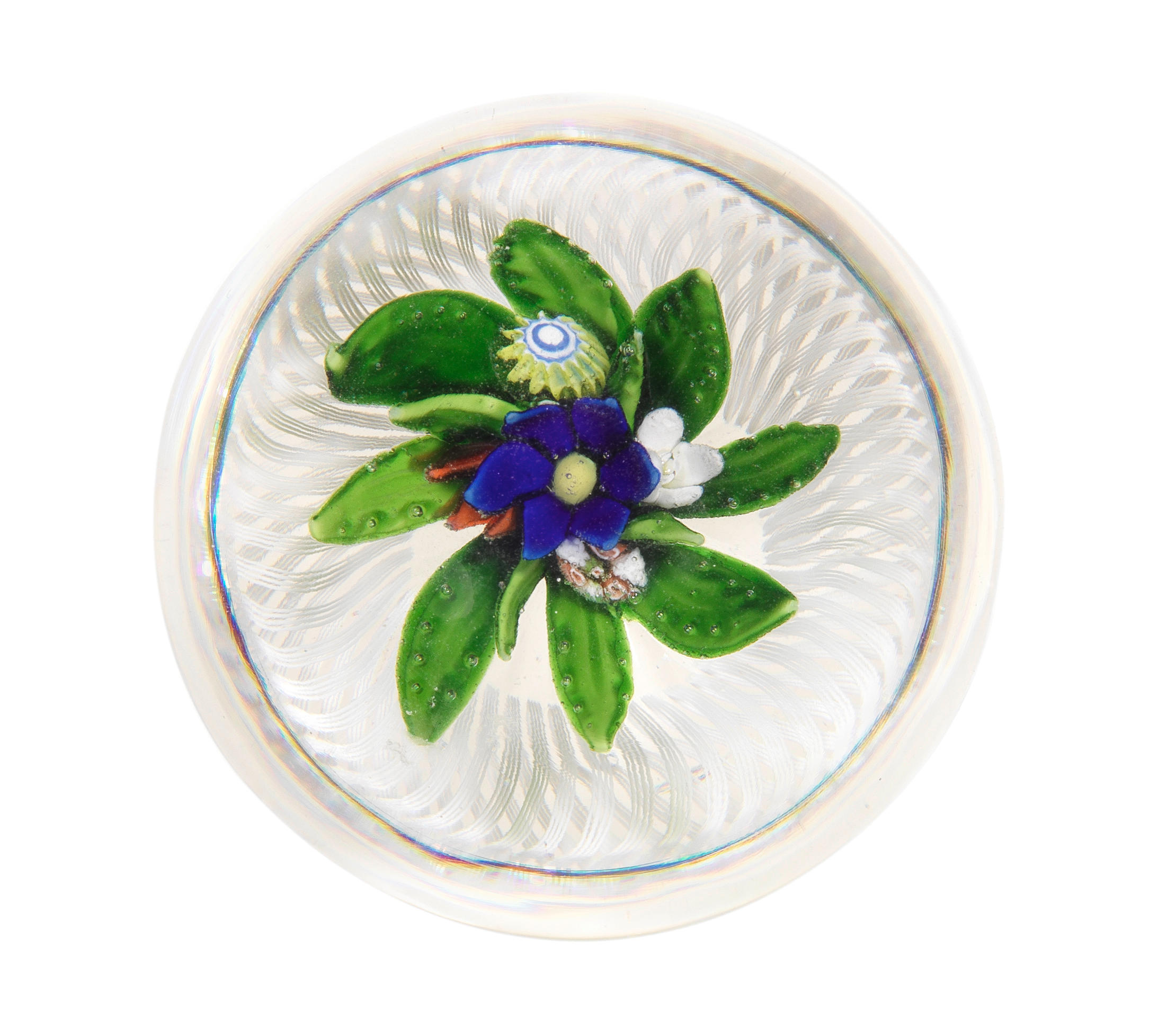
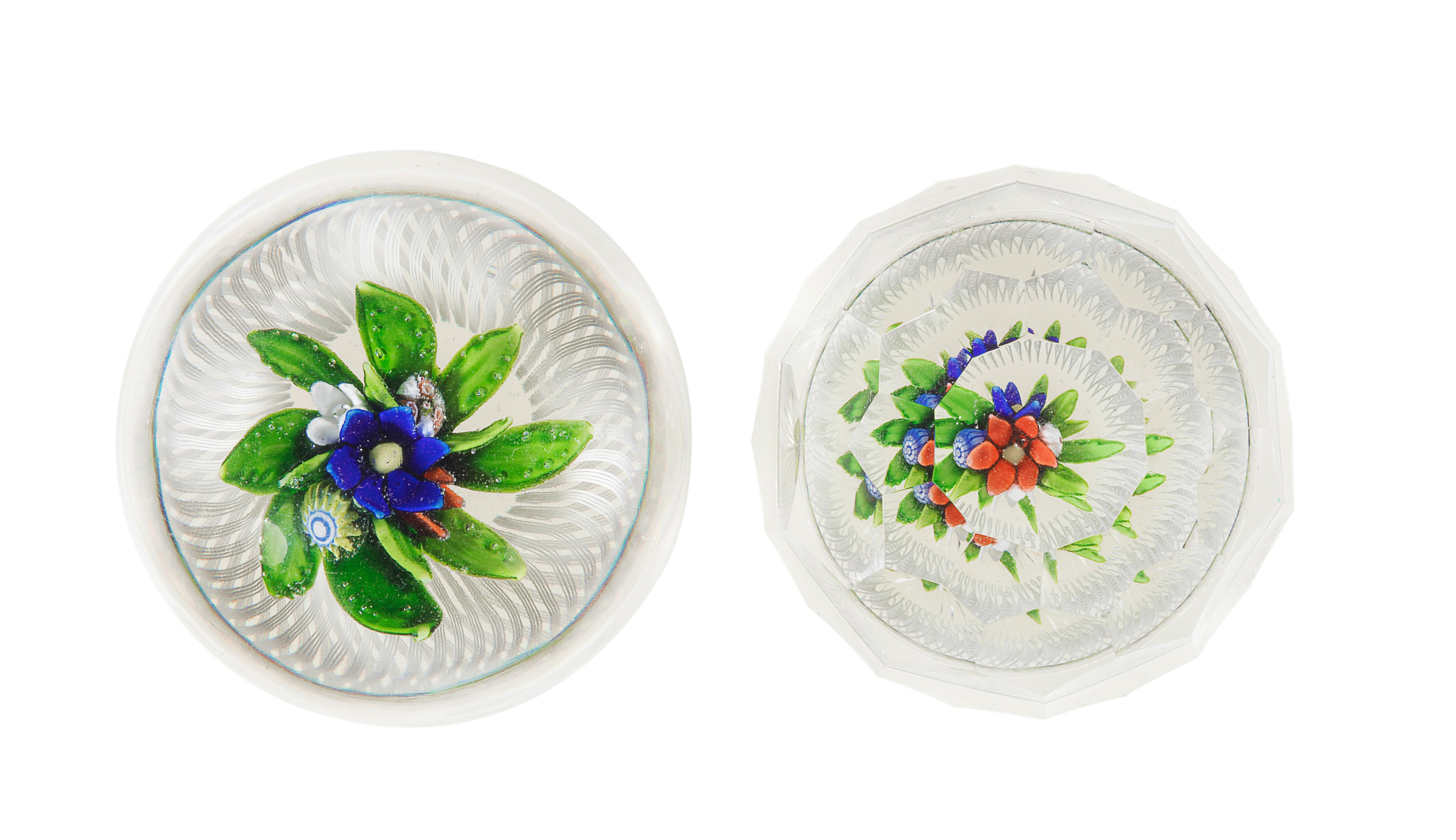
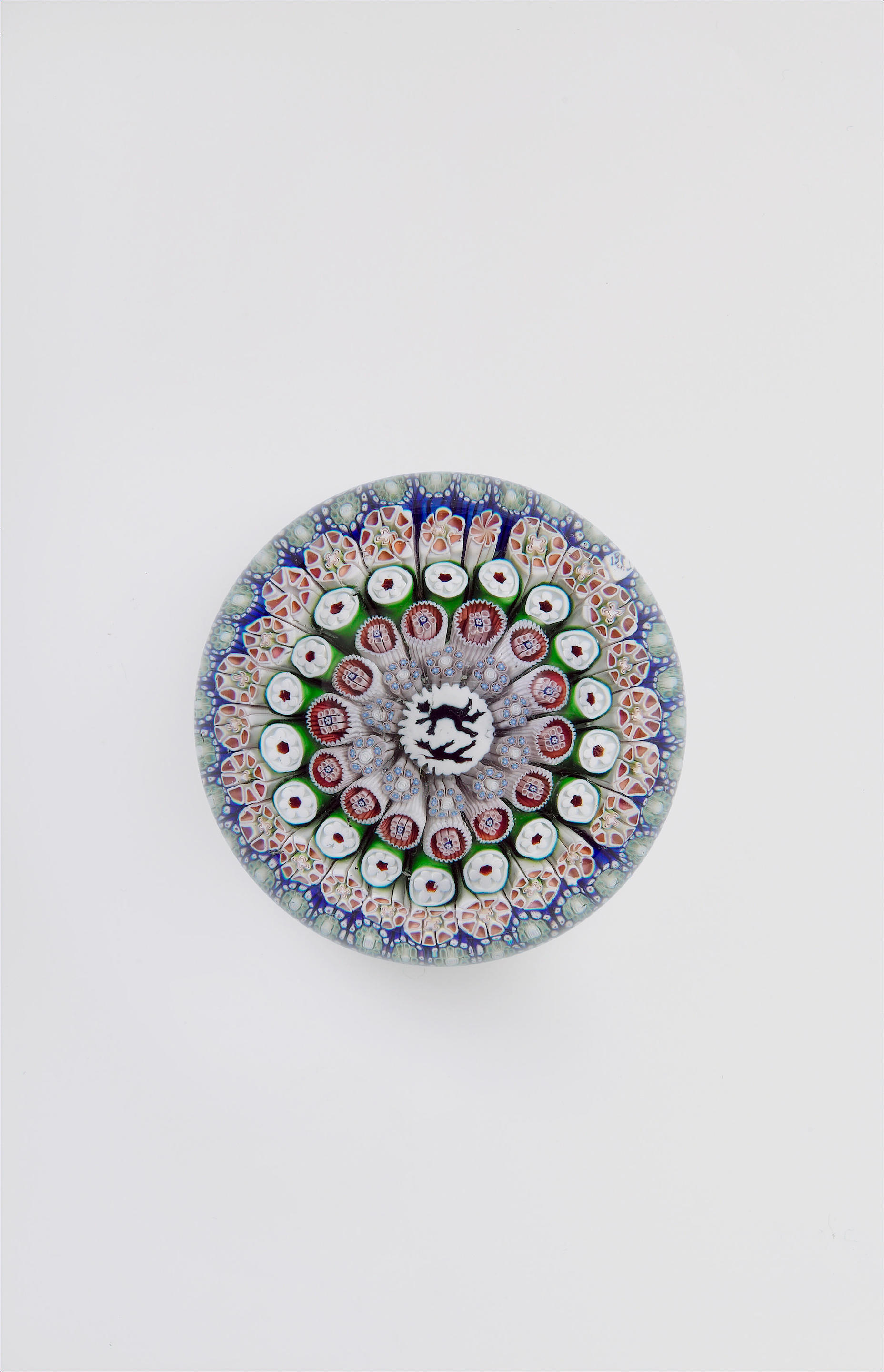
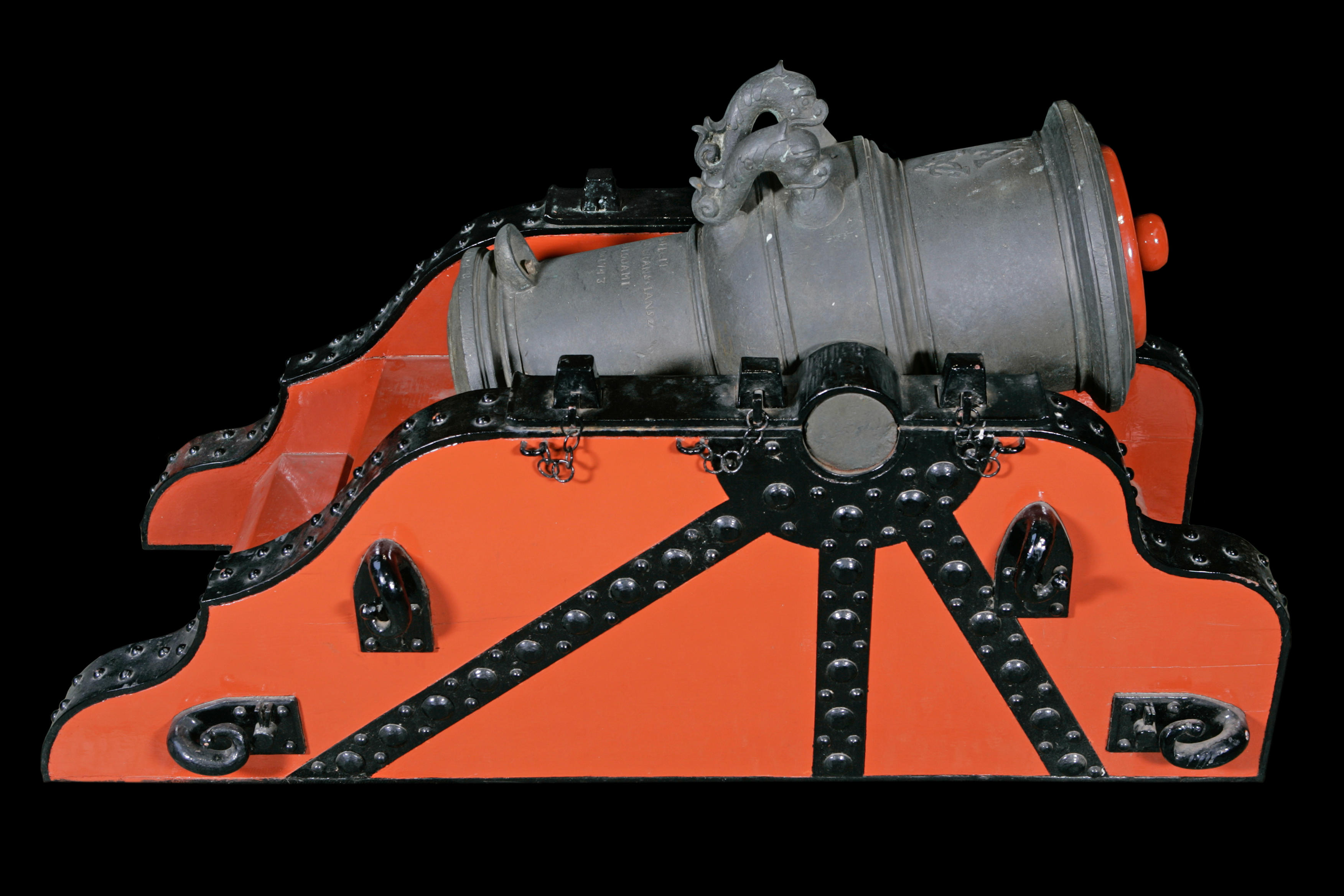
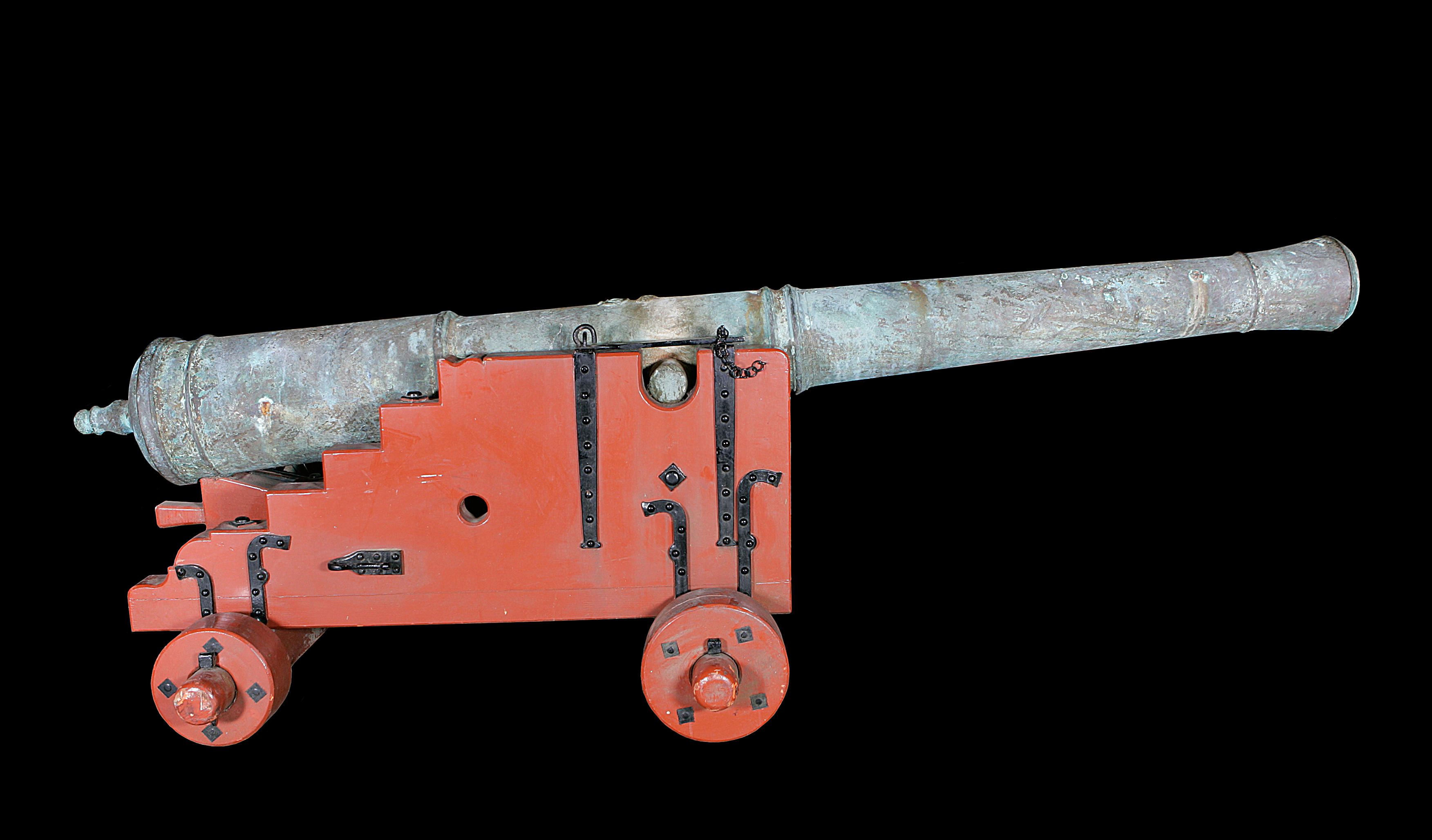
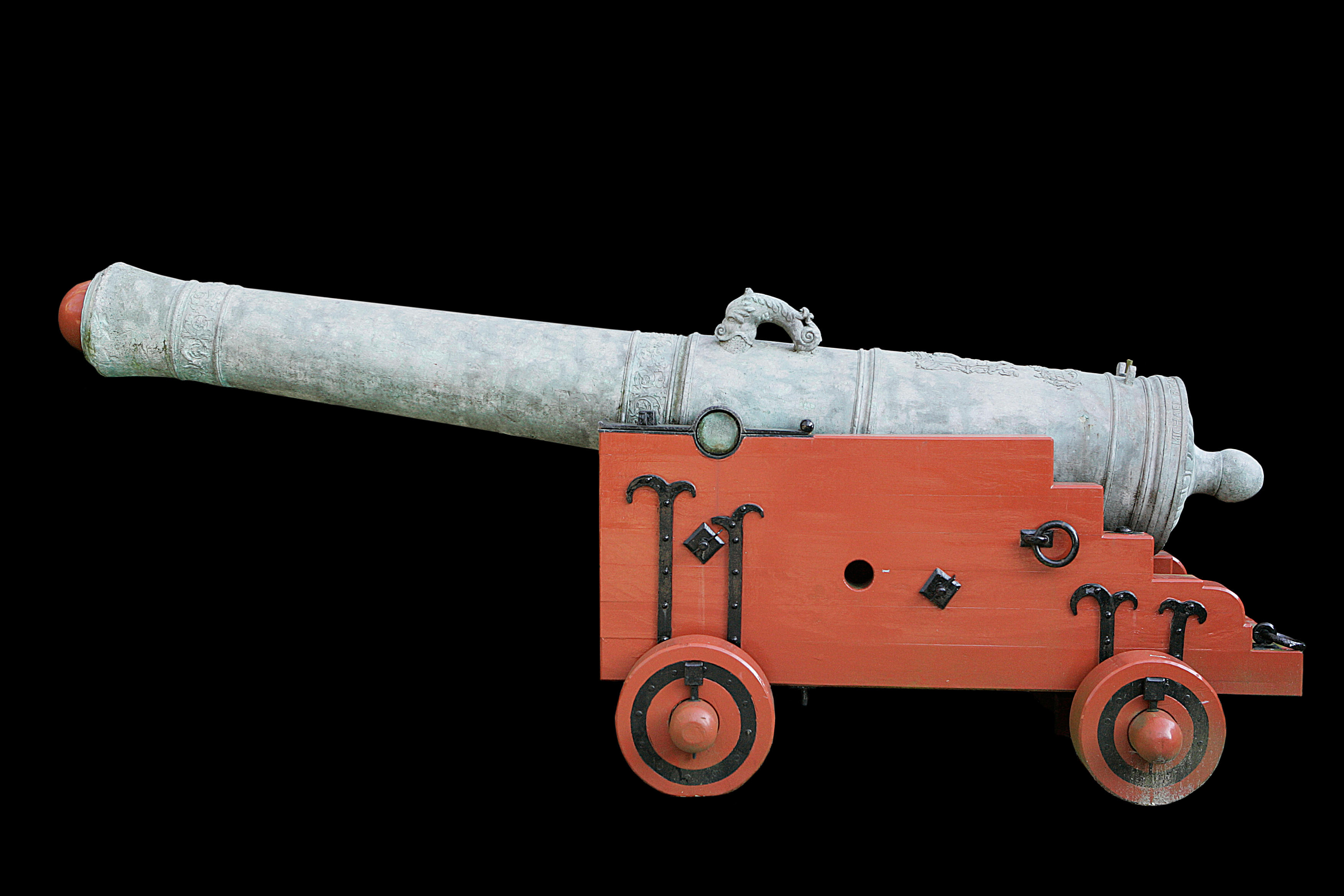
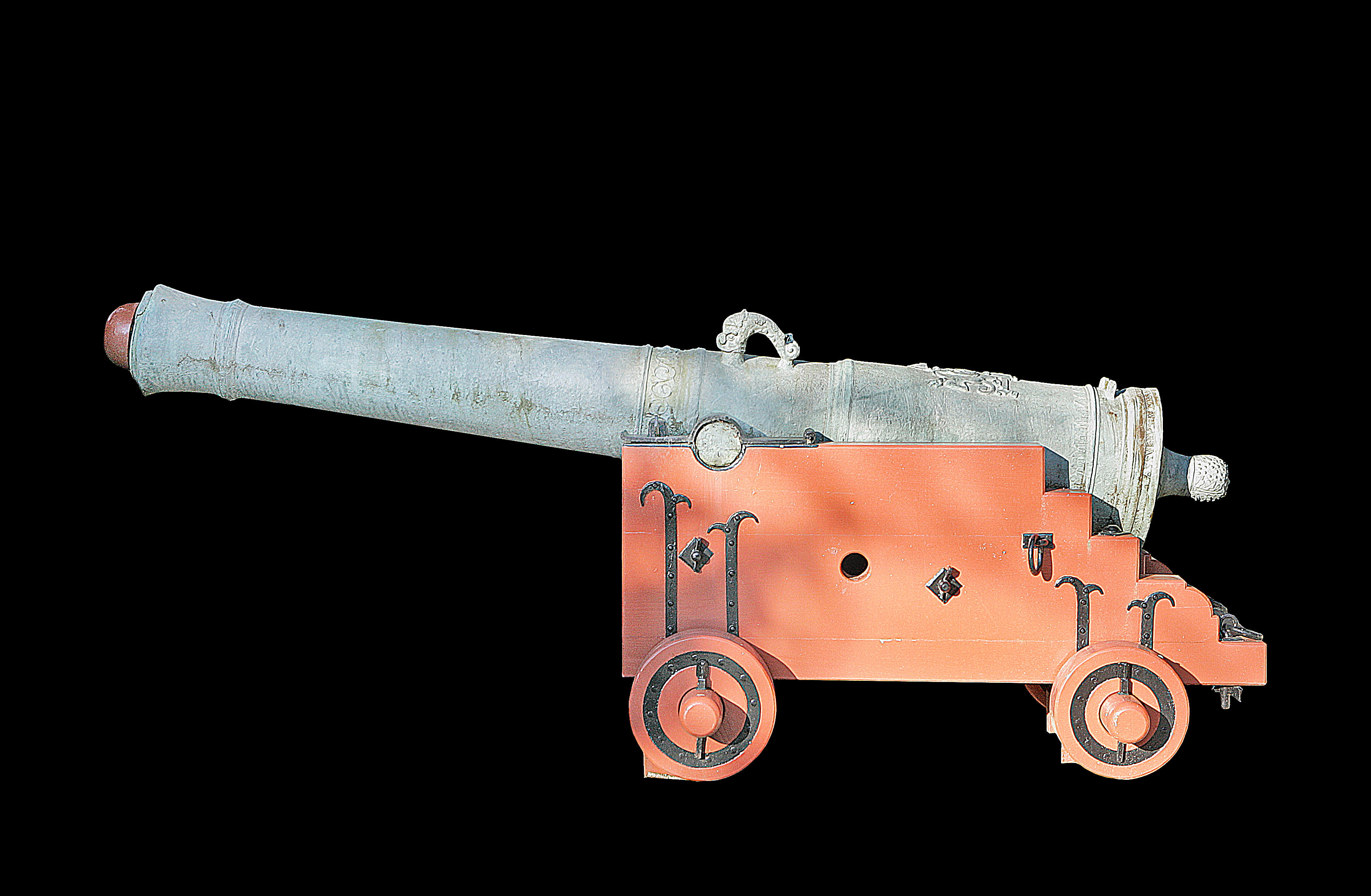
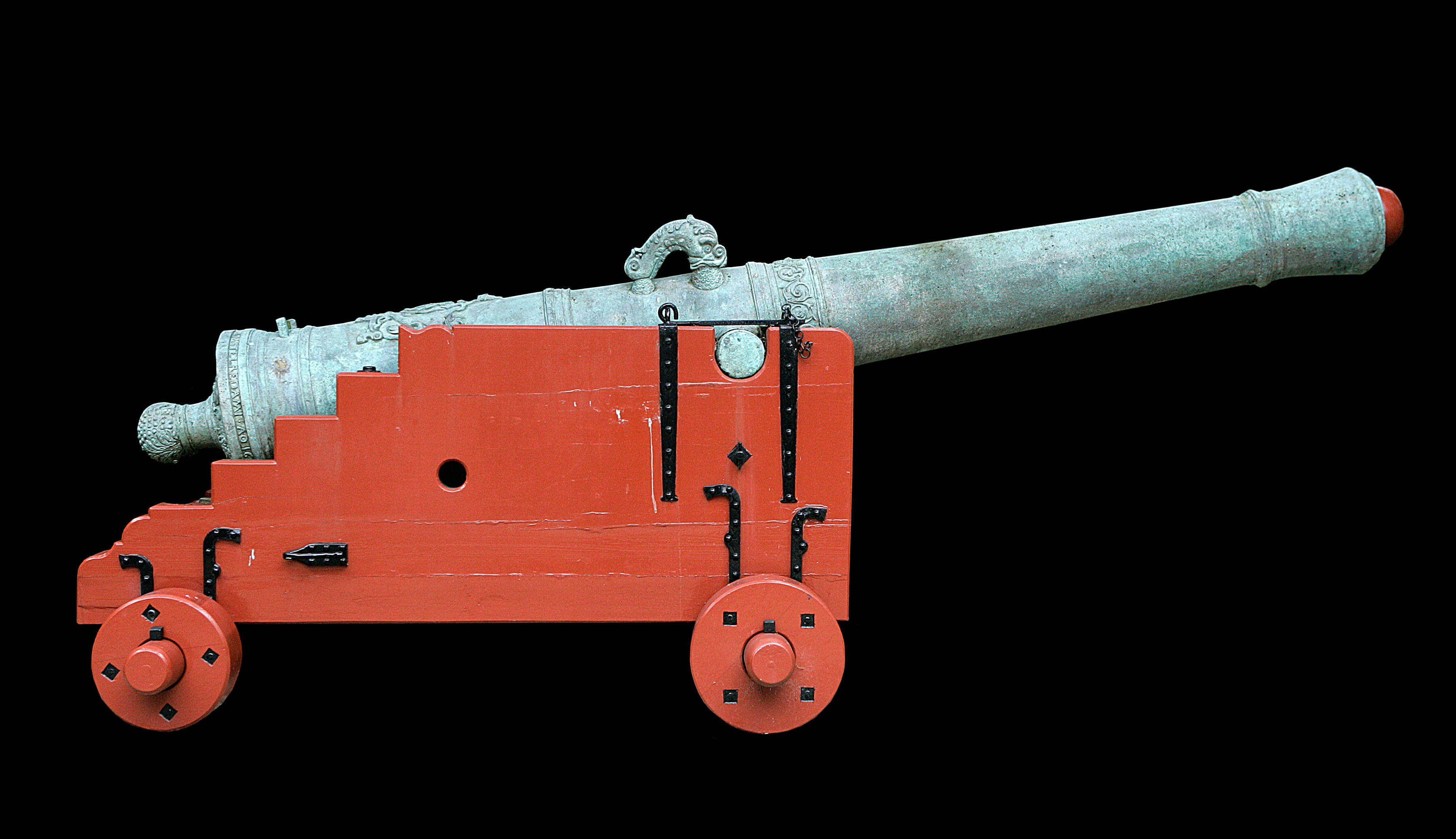
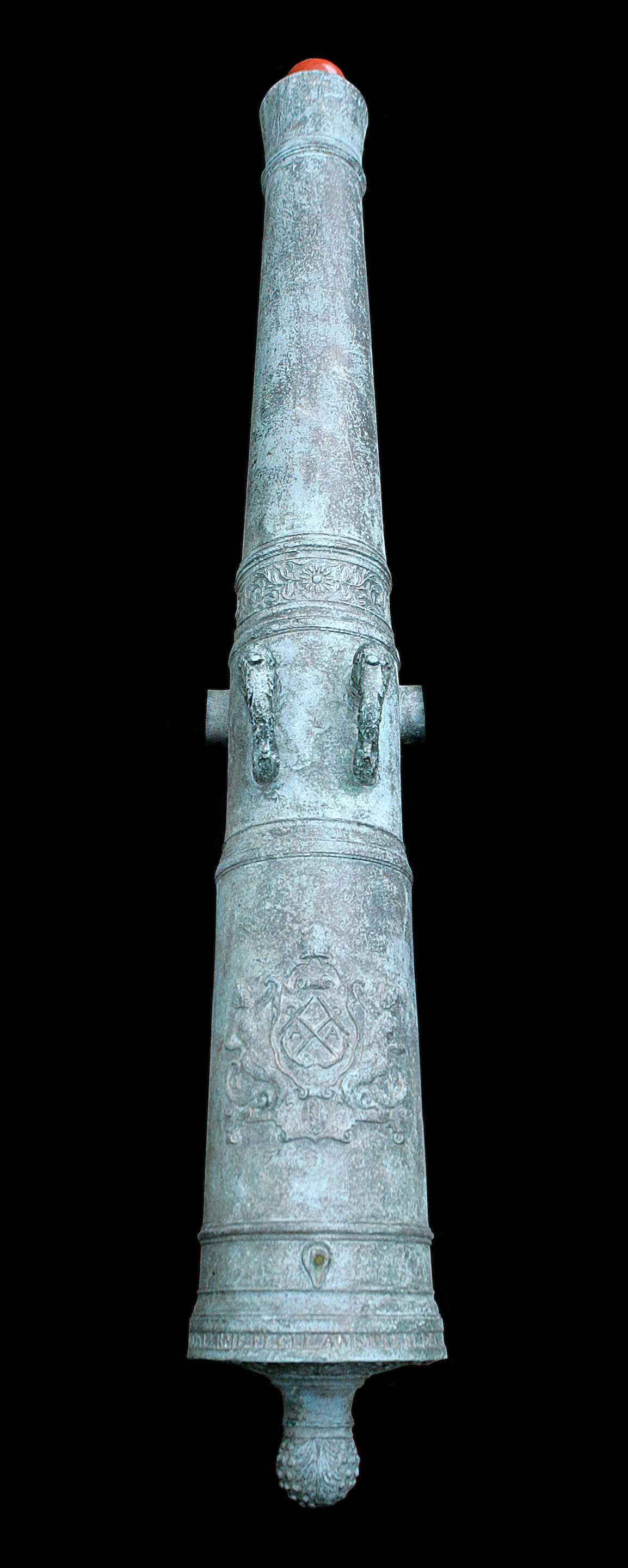
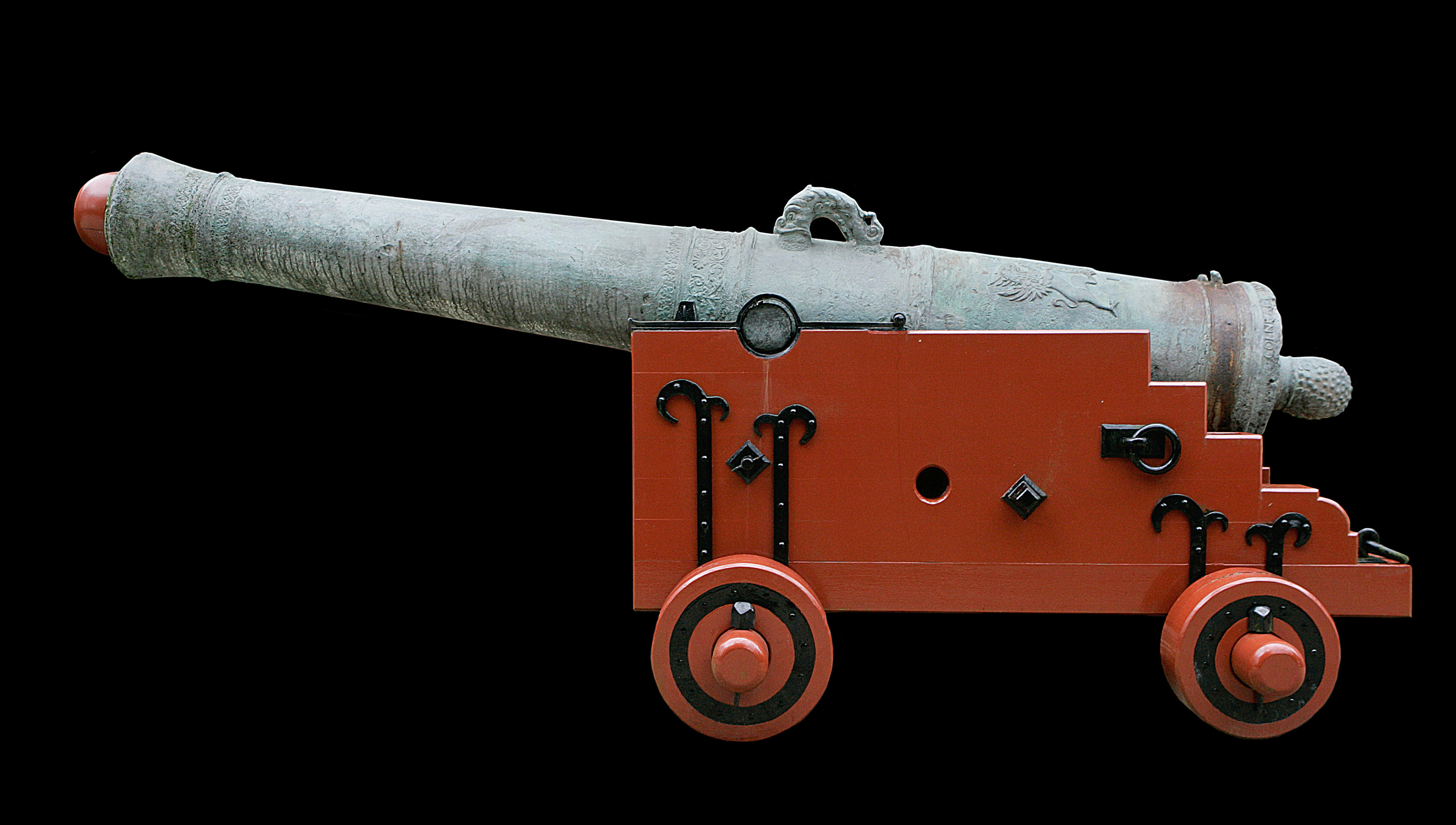

Try LotSearch and its premium features for 7 days - without any costs!
Be notified automatically about new items in upcoming auctions.
Create an alert